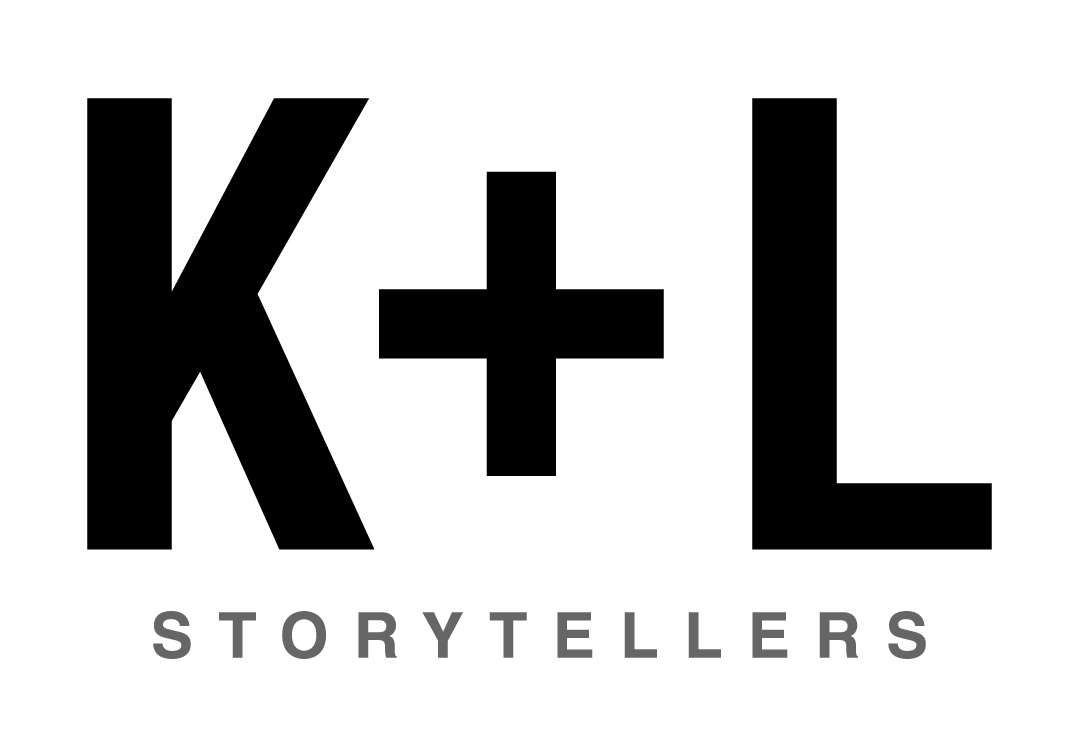Are You Encouraging Creative Silos or Seas?
By Roderick Kelly
I was in my early 30s and was sitting at my desk with my feet up with a pencil behind my ear. My boss came up to me and said, “Why aren’t you working?” I said, “I am. I’m thinking of how I want to present this story.” He said, “Well get your feet off the desk and get writing.” He wanted me to make the appearance of “working.”
This is where fiction and nonfiction take leave of one another.
The truth is that you are a creative. Don’t believe me? If you solve problems, lead people, write emails, listen to others and synthesize responses, prepare presentations and reports, share ideas, then you are a creative. It doesn’t matter if you are a museum docent, accountant, keeper of the armadillos or CEO.
Now that your creative DNA has been confirmed, know that all creatives need time to think.
In my profession, I write. To do that, I must visualize a situation, much like a coach or manager visualizes a game. I take into account all the players, all the potential situations before me, anticipate what I can and should do, and then proceed with a game plan to set down words that, hopefully, inform and entertain.
Ninety percent of writing is not putting fingertips to keyboard. It’s the thinking, preparing, planning and research. Writing is the execution of the creative.
As you consider creativity in your life and the people you lead, go for the creative sea, not the creative silo.
A sea is vast, abundant and enduring. Encourage an environment that offers people a creative sea from which to innovate. It might include noise filters or a basket of headphones, atmosphere, identifying people’s creative peaks (Hemingway liked to write at 3 a.m.), and suggesting uninterrupted “thinking time” be put in people’s schedules. The path to your creative zone and the people you lead is different for every person. Honoring the different paths is key.
Companies often say they want their employees to “think outside the box,” which is another way of saying they want them to be creative.
Speaking of thinking outside the box, there’s no better way to get the creative juices flowing than authoring a short story. K+L Storytellers does exactly that with its half-day workshop called Your Extraordinary Story™ for Corporate Innovators. We break down barriers to creativity through team story writing. A quote by George Saunders sums it up: “When you read a short story, you come out a little more aware and a little more in love with the world around you.” Imagine what happens when authors collaborate and write one!
And about that colleague staring out the window with a dazed look? Now you know. They are really working — working at making your company better through creative thinking.


